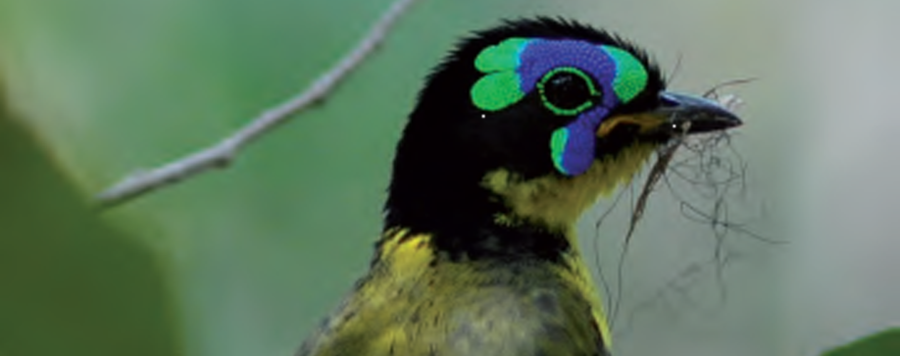
Malagasy birds in zoological gardens - an analysis of zoo databases as basis for improved ex situ conservation measures
We investigated for which threatened endemic Malagasy bird species zoo populations already
exist, and which threatened species are not yet covered by ex situ conservation measures. To gain
an overview of Malagasy bird species held in zoos, the number of individuals kept, the number of
keeping institutions and successful reproduction within the last 12 months were analysed based on
collection information from ZIMS database (Species360, Bloomington, MN, USA), supplemented
with data from ZTL (List of Zoo Animals: https://zootierliste.de/). Of the 195 Malagasy bird species, 142 occur exclusively in the Malagasy region, comprising Madagascar and surrounding islands, and 117 are endemic to Madagascar. Currently, 28 (24%) of the endemic Malagasy bird species are evaluated as threatened, of which two are Critically Endangered, 11 Endangered and 15 Vulnerable according to IUCN. A total of 131 institutions worldwide kept at least one of the 15 endemic Malagasy bird species held. Three of the fifteen endemic Malagasy bird species held are threatened, of which one is Critically Endangered and two are Endangered according to IUCN. Thus, according to our analysis 25 (89%) of the 28 threatened endemic Malagasy bird species are not covered by ex situ populations. According to ZIMS database, a total of eight of the fifteen endemic Malagasy bird species kept in zoos worldwide had successfully reproduced within the last12 months, with three of them being threatened. A richness analysis, which was performed to find out how zoos keeping Malagasy birds are distributed in a global scale, revealed that current zoo collections of threatened endemic Malagasy bird species are mainly concentrated in Europe and North America. A protected area coverage analysis, viz. a comparison of the distribution of protected areas with localities of endemic and threatened endemic species, showed that the existing protected area system does not provide enough coverage for several threatened endemic species. We have made recommendations for the shift from non-threatened species such as Bubulcus ibis to threatened species such as Ardeola idae. Species from endemic families should be the focus of new ex situ husbandry and the keeping of Critically Endangered species should be included (e.g., Haliaeetus vociferoides) or expanded (e.g., Aythya innotata). For these species, experience from past husbandry, both positive and negative, or experience from the keeping of closely related species is available. Our findings thus can be used as a guideline to improve zoo collections and to expand the conservation breeding network for threatened endemic Malagasy birds which is in accordance with the One Plan Approach proposed by the IUCN SSC Conservation Planning Specialist Group (CPSG).






